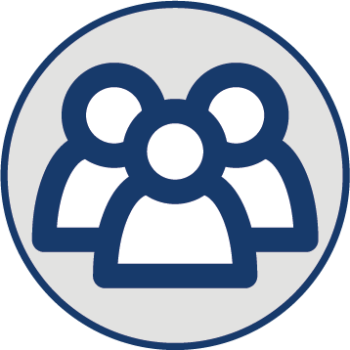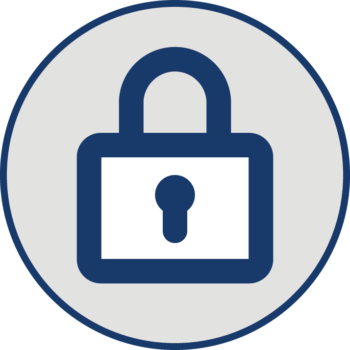Scroll to learn more
Capacity management, also known as occupancy management, refers to the practice of limiting or controlling the number of people in a defined area at a given time.
Individuals are counted into and out of an area, while a computer keeps track of how many are inside. When the pre-defined limit on the number of people allowed in the area is reached, the area is automatically locked and nobody else can enter. Only once a person is counted out of the area as they are leaving can another person take their place.



Capacity management is a way of ensuring that there are not too many people in a given area at any time.
ATRIUM controllers all come with a built-in counter function as standard. As users approach a door, they present their credential by either swiping a card, inputting a keypad code, scanning their fingerprint, or another method. If they have permission to enter the area, the reader turns green, the door unlocks, and they can freely enter.
At this point, the counter adds 1 to its internal record of the occupancy of the area. In the ATRIUM software, an upper limit of capacity is chosen, depending on the specific needs for that room or zone. Once the number of people in the zone reaches that limit, all the controlled doors to that zone are automatically locked. If another person tries to gain entry, the reader shows a red light and does not allow them access.
In the ATRIUM system, doors are not controlled individually, but rather in groups called areas. This means that if a particular room or zone can be entered by multiple controlled doors, the counter memory is shared by all the doors to that zone. If the area’s limit is 10 people, and 5 individuals enter by Door A, then another 5 people enter by Door B, the counter’s capacity total for the entire area is at 10. Then, even if someone tries to enter by Door C, they will be denied access.
